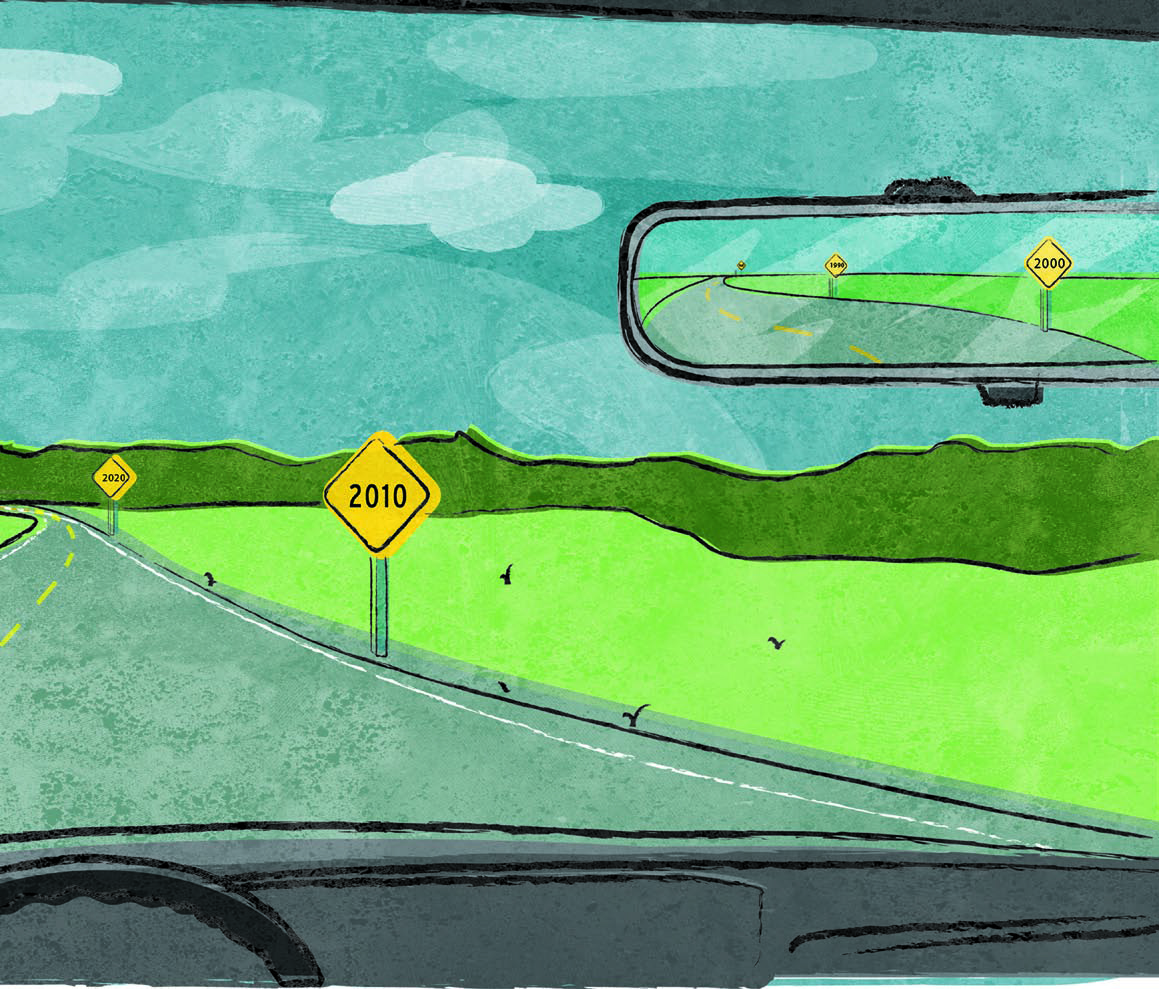By Dr. Ed Hoffman
It’s amazing how you can examine an object or issue ten, twenty, or hundreds of times and manage to still find nuances or a different view of the whole picture if you step away from it long enough and come back to it later — or even bring in an outside perspective you never had before.  So it is with one of my favorite spots on the left bank of Paris, which my daughter, Amanda, was able to experience with me this visit: Notre Dame.
So it is with one of my favorite spots on the left bank of Paris, which my daughter, Amanda, was able to experience with me this visit: Notre Dame.
The gothic cathedral stands proud and overwhelming, looking over the city as the ultimate sentry. It assumes its place as the center of a civilization and provides color and warmth to everything around it. We approached it together slowly, looking up and around, getting close and stepping back. There is so much to notice: the truly towering towers, sculptures, rose windows, bells, organ, and reliefs that tell stories. Each of these elements represents a work of art and engineering excellence. As a system, Notre Dame is an inspiring engineering and project achievement that mixes technology, art, science, and religion.
I notice something unique every time I visit. On this occasion I was struck by the duration of the construction. Almost 200 years from concept to completion. This was a project that took close to ten generations to finish. It required an incredible commitment, motivation, and focus as well as a constant supply of talent, resources, and materials to carry the mission forward. Those involved needed a way to provide continuity in learning and sharing knowledge. And it had to span two centuries. How did they do it? More importantly, how can we emulate it?
A large part of our challenge at NASA is the length of our mission for exploration — moon, Mars, and beyond. There are myriad issues — technology, management, finance, collaboration, communication, integration, talent, learning, political support — that will reach across our years of effort, and we need to carry forward what we learn as we address them. It seems hard these days to imagine missions that span decades let alone centuries, but we need to imagine it and prepare for our successors, our future collaborators. We need to communicate, record, and share lessons in the moment to ensure we’re all — those of us today and those of us joining us in the future — building with the same vision in mind.
Like Notre Dame, space exploration has the power to inspire and create a sense of world community and commitment toward a bold vision. What we are building today will be expanded upon by others in the future, and it will continue to affect those who look up in awe at these great structures and the space beyond, even 200 years from our beginning. This issue of ASK continues the tradition of reexamining what we know and finding the nuances needed for NASA program management and engineering excellence.






